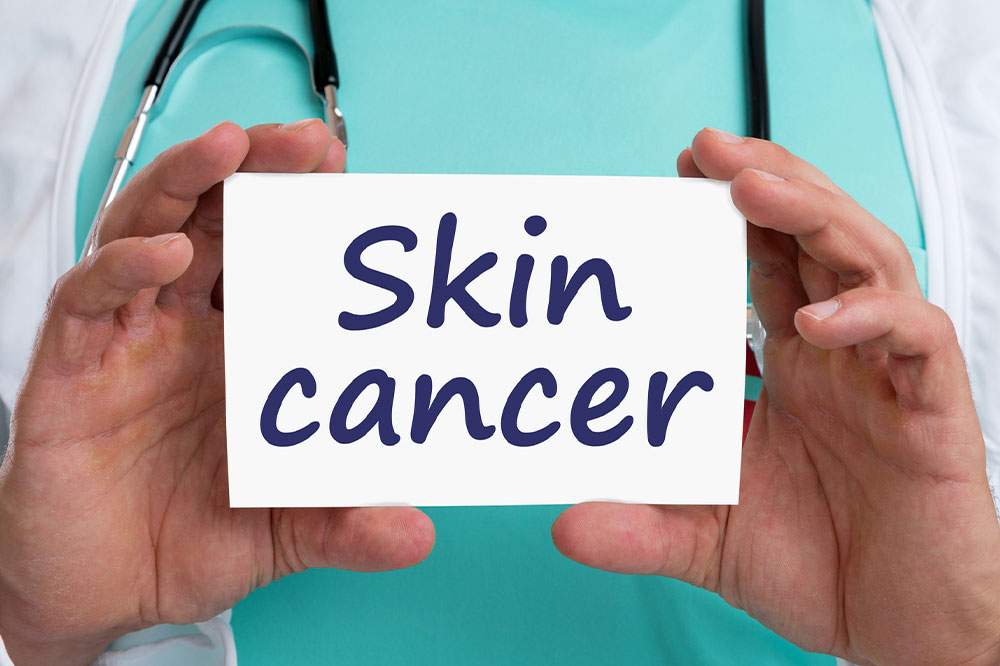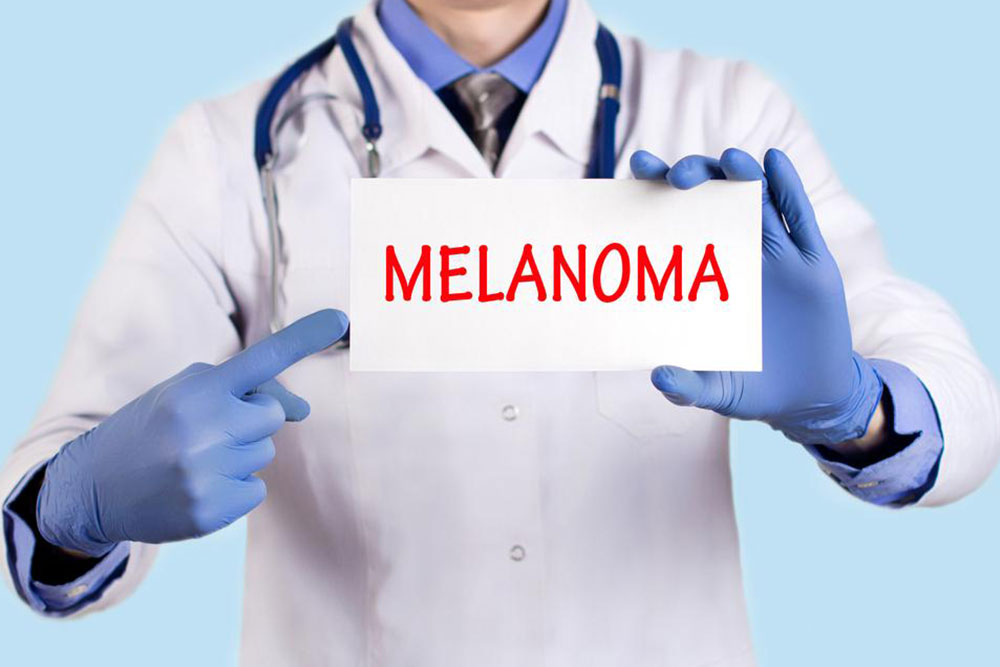Protecting Your Skin: Essential Facts About Skin Cancer and Prevention
Learn vital facts about skin cancer, including its types, stages, and symptoms. Discover effective preventive strategies like sunscreen use, protective clothing, and regular skin checks. Early detection and proper care can significantly improve treatment outcomes. This comprehensive guide emphasizes the importance of vigilance during outdoor activities, especially in sunny weather, to lower your risk of developing skin cancer and maintain healthy skin.

Protecting Your Skin: Essential Facts About Skin Cancer and Prevention
Enjoying time in the sun is pleasant, but excessive exposure to UV rays raises the chance of developing skin cancer. Recognizing early signs is key for timely treatment. Thankfully, adopting protective habits can significantly lower your risk. This article outlines important information about skin cancer, including types, stages, symptoms, and safety strategies to prevent it.
Categories of Skin Cancer
Skin cancers differ in their appearance, location, and growth behavior. The primary types are:
Basal Cell Carcinoma
Typically manifests as small, slow-growing bumps on sun-exposed areas like the face, ears, and hands. These tumors can damage tissues if ignored but are generally less aggressive.
While they may cause tissue damage, basal cell carcinomas rarely metastasize. They are usually removed if they cause discomfort or disfigurement.
Squamous Cell Carcinoma
Originates from flat squamous cells in the skin's outer layer. This type often appears in sun-exposed areas, especially where previous injury or friction exists, such as scars or tight clothing regions. It has a higher likelihood of spreading beyond the initial site and can become dangerous if untreated.
Melanoma
This cancer develops from melanocytes, cells responsible for skin pigmentation, and may initially resemble moles or freckles. Over time, they can become raised or ulcerated, necessitating prompt medical attention to prevent spread.
Non-melanoma Skin Cancers
Including basal and squamous cell carcinomas, these usually appear as raised, reddish or skin-colored bumps, often scaly or pink. While typically superficial, neglect can lead to serious health issues.
Cancer Progression Stages
Skin cancer advances through three main phases:
Pre-invasive Stage
Includes early growths like actinic keratosis and initial lesions of BCC, SCC, and melanoma—these are non-invasive but require regular monitoring.
Early Stage
The cancer remains confined to the top skin layers, such as in situ melanomas, without spreading to lymph nodes or organs.
Later Stage
Malignancies that have spread beyond their original site, becoming metastatic. Treatment options may include surgery, radiation therapy, or chemotherapy, depending on the severity.
Detecting Symptoms
Early diagnosis is crucial. Look for:
- Persistent lumps that don’t heal over several weeks.
- Growing warts or unusual patches.
- Non-healing sores, which could indicate melanoma.
- Abnormal skin patches or scaly areas.
These signs warrant medical evaluation. Treatment might involve laser therapy, cryotherapy, or other procedures based on diagnosis.Prevention Tips
The primary risk factor is UV radiation. Use broad-spectrum sunscreen with SPF 30+ and reapply every two hours. Avoid outdoor midday sun between 10 am and 4 pm. Wear protective clothing, like sun-protective shirts, and seek shade whenever possible. Regular skin examinations and professional screenings are especially important for those with extensive sun exposure or a family history of skin cancer.
With outdoor activities increasing during warmer months, implementing these preventive measures is essential for skin health. Being aware of changes and consulting healthcare providers regularly can help detect skin issues early and potentially save lives.


